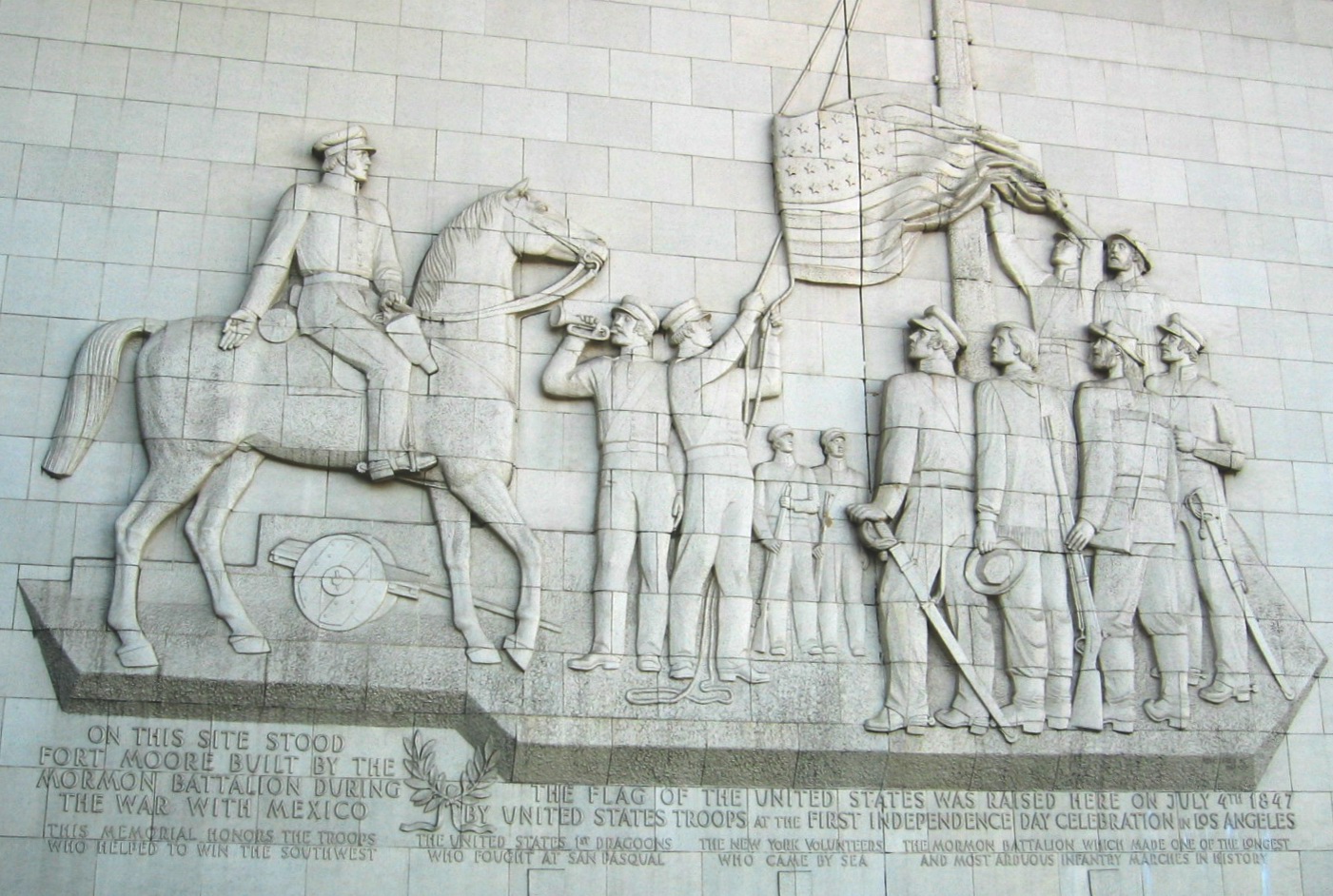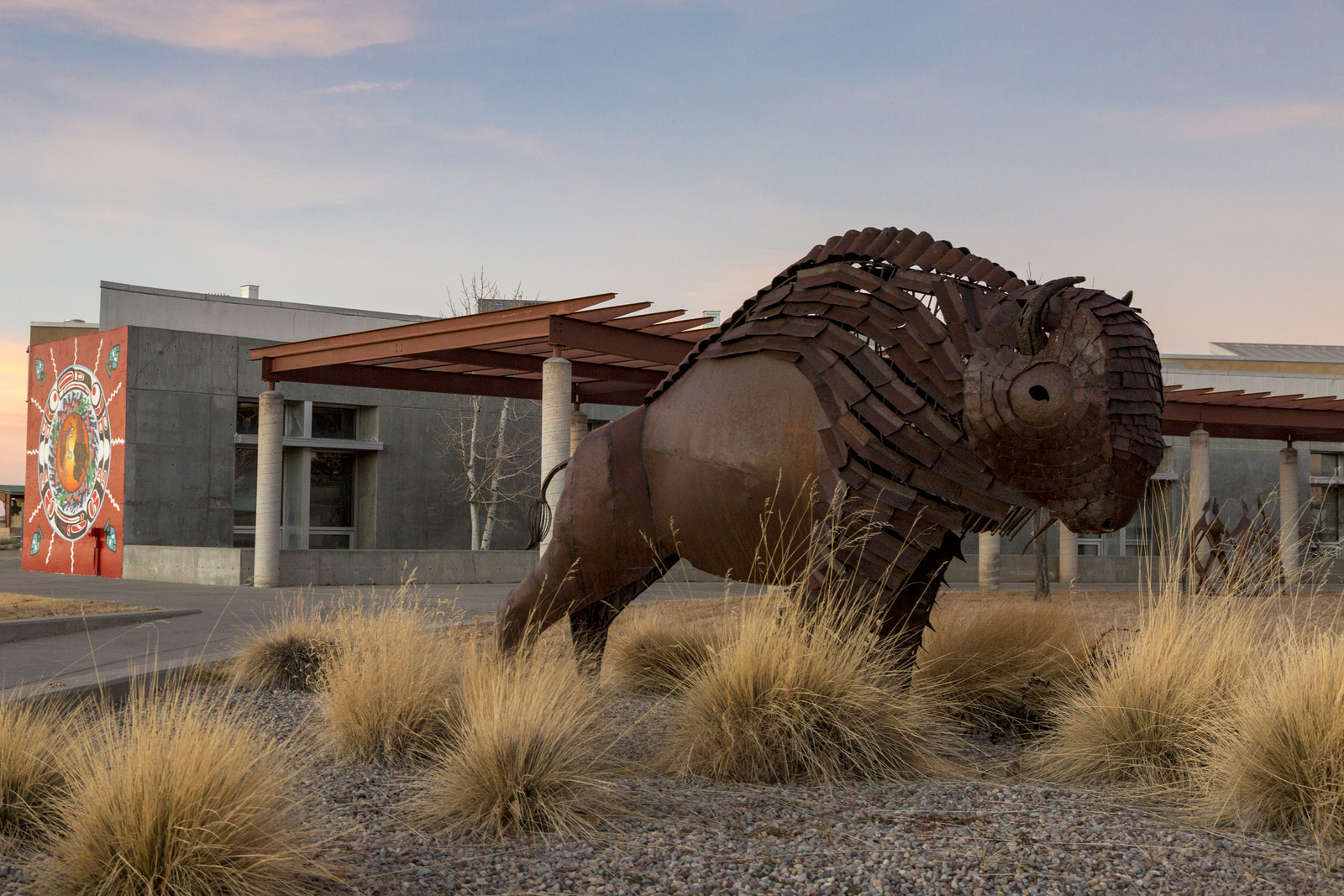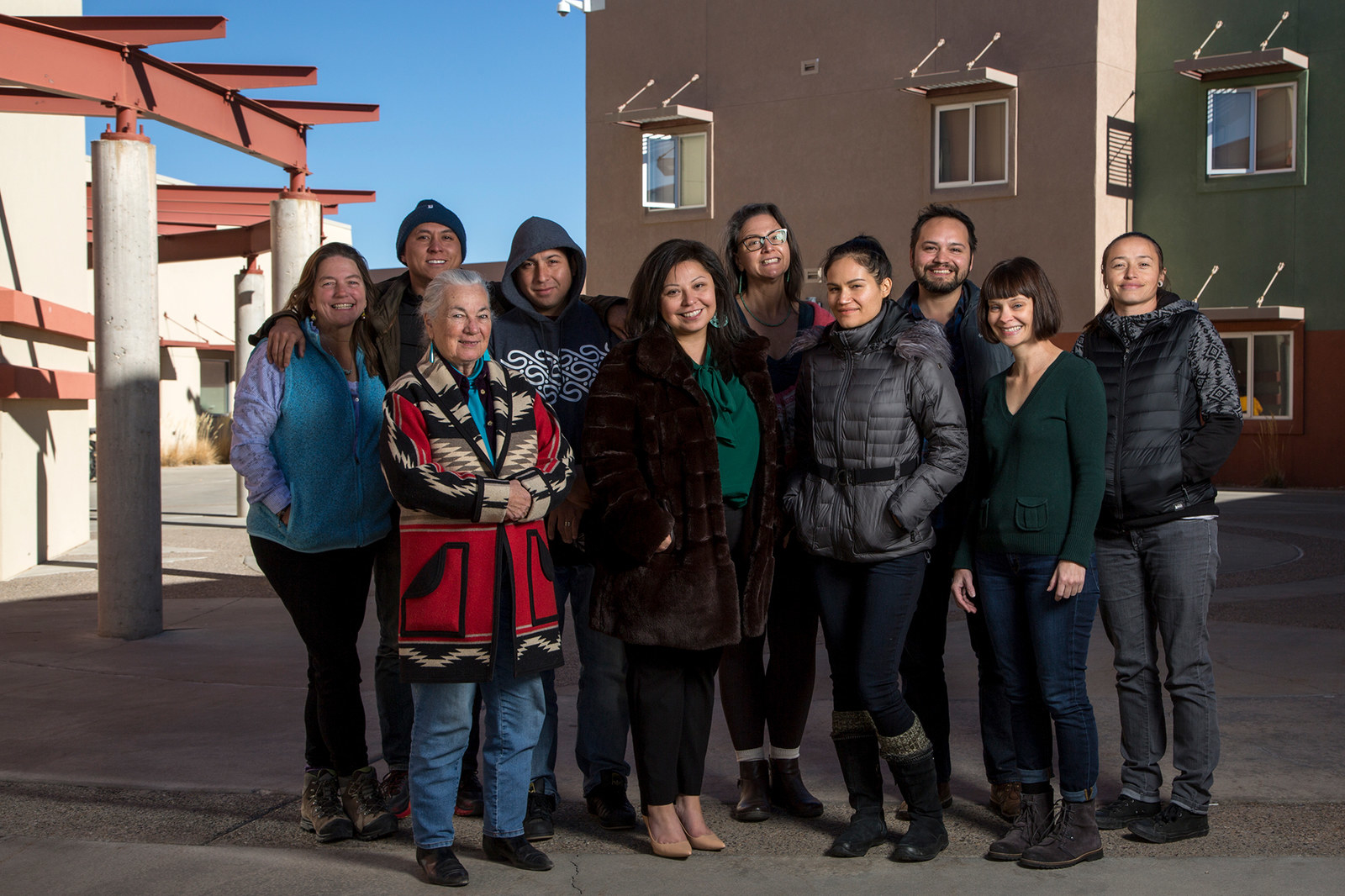 Recently
I’ve witnessed two spirited debates. One revolved around
terminology, that is, what do we call ourselves? The other one
revolved around the question of indigeneity, that is, are we
Indian or not, or who is Indian and who isn’t? From where I sit,
the two matters are, as the lawyers are wont to say, res
judicata, that is they are already settled. At the risk of
being boringly repetitious (I’ve written on this subject before,
as have many others more qualified than me) here are my thoughts
on these two questions.
Recently
I’ve witnessed two spirited debates. One revolved around
terminology, that is, what do we call ourselves? The other one
revolved around the question of indigeneity, that is, are we
Indian or not, or who is Indian and who isn’t? From where I sit,
the two matters are, as the lawyers are wont to say, res
judicata, that is they are already settled. At the risk of
being boringly repetitious (I’ve written on this subject before,
as have many others more qualified than me) here are my thoughts
on these two questions.
In last month’s blog I posited that the Chicano Generation’s greatest contribution was that we instilled a deep and irrevocable sense of pride in our community, especially in our youth. We did this by many means, a—perhaps the—major one being adopting the term Chicano/Chicana to describe ourselves. We determined that no longer would we allow others (academics, bureaucrats, etc.) to tell us what we should call ourselves, to define us by assigning cultural and character traits to us. This is the most basic manifestation of self-determination.
Chicano/Chicana: an existential vehicle…
The term Chicano/Chicana was a vehicle for some very important existential concepts. When our generation was growing up, American society considered us foreigners in spite of the fact that (1) we were born and raised here in the U.S. and (2) our people had been in this land way before any white folk came along. This anti-Mexican attitude had existed for a long time, but it became very pronounced and prevalent in the period after World War II—the late 1940s and 1950s. In reaction to the virulent racism and discrimination to which our people were subjected during that period, the term “Mexican” was often avoided altogether, giving rise to terms such as “Spanish-American,” “Latin-American” and other “polite terms.” Anything but Mexican.
 The
Chicano Generation went in the opposite direction. We reacted
against that anti-Mexican attitude by shouting our heritage from
the rooftops, as it were. We made it a point to use the Mexican
versions of our names. Those of us who were fluent in Spanish kept
on using it and those who weren’t learned it. We got in the face
of the language teachers and social scientists who asserted that
we spoke “Spanglish,” that we were linguistically confused. We
not only spoke in both Spanish and English, we wrote
bilingually—poetry, short stories and plays, etc. We brought
home the point that being bilingual is a sophisticated marker of
intelligence.
The
Chicano Generation went in the opposite direction. We reacted
against that anti-Mexican attitude by shouting our heritage from
the rooftops, as it were. We made it a point to use the Mexican
versions of our names. Those of us who were fluent in Spanish kept
on using it and those who weren’t learned it. We got in the face
of the language teachers and social scientists who asserted that
we spoke “Spanglish,” that we were linguistically confused. We
not only spoke in both Spanish and English, we wrote
bilingually—poetry, short stories and plays, etc. We brought
home the point that being bilingual is a sophisticated marker of
intelligence.
We demolished the racist concept that we were “culturally deprived,” as the anthropologists and educators said we were. We produced outstanding art—murals, paintings, sculptures, posters, etc. We wrote plays and poetry. We wrote and sang songs. We studied our history and built curricula around our history and other dimensions of our lives and put them in place in colleges and universities. We started writing about our history and culture. We demolished stereotype after stereotype such as that we were lazy, shiftless, unambitious, that we were not an intellectual people, that we were not capable of organizing politically, etc.
All of these and more were passengers in the vehicle of Chicanismo.
We reached into our history…
 To
be clear: we didn’t invent the term Chicano/Chicana. In adopting
Chicano/Chicana, we reached into our history. The term
“Chicano” was used in the 1930 corrido, “El Lavaplatos,”
(The Dishwasher). We grew up hearing and using that term. As
documented by scholars such as Carey McWilliams, Manuel Gamio,
Américo Paredes, Ernesto Galarza, and others, the term Chicano/Chicana
has been used within our community since the early 1900s. At
first, Chicano/Chicana denoted Mexicans who had recently arrived
in the U.S. and later came to describe the everyday working-class
person of Mexican descent.
To
be clear: we didn’t invent the term Chicano/Chicana. In adopting
Chicano/Chicana, we reached into our history. The term
“Chicano” was used in the 1930 corrido, “El Lavaplatos,”
(The Dishwasher). We grew up hearing and using that term. As
documented by scholars such as Carey McWilliams, Manuel Gamio,
Américo Paredes, Ernesto Galarza, and others, the term Chicano/Chicana
has been used within our community since the early 1900s. At
first, Chicano/Chicana denoted Mexicans who had recently arrived
in the U.S. and later came to describe the everyday working-class
person of Mexican descent.
To know that you have a rich history and a rich culture is immensely empowering existentially, and knowing that you carry that history and culture in what you call yourself—for, what you call yourself is what your ancestors called themselves—is even more empowering. It surely was for our generation.
We asserted our indigeneity, our Indian roots…
 Not
only did the Chicano Generation claim and proudly assert our
Mexican-ness, we also claimed and asserted our indigeneity, that
is, our Indian roots. The notion of indigeneity was not novel to
us. Many (most?) of us knew of our indigenous heritage from family
lore. But during the Chicano Movement era, we embraced our
indigeneity openly, loudly, and proudly. Our art, particularly the
murals we produced, is rife with indigenous images. Indigenous
imagery and references also permeate the poetry of the Chicano
era. Alurista’s “Floricanto en Aztlán” (1971), for example,
is an eclectic mixture of Spanish and English, with allusions to
Nahuatl and other indigenous languages of Mexico.
Not
only did the Chicano Generation claim and proudly assert our
Mexican-ness, we also claimed and asserted our indigeneity, that
is, our Indian roots. The notion of indigeneity was not novel to
us. Many (most?) of us knew of our indigenous heritage from family
lore. But during the Chicano Movement era, we embraced our
indigeneity openly, loudly, and proudly. Our art, particularly the
murals we produced, is rife with indigenous images. Indigenous
imagery and references also permeate the poetry of the Chicano
era. Alurista’s “Floricanto en Aztlán” (1971), for example,
is an eclectic mixture of Spanish and English, with allusions to
Nahuatl and other indigenous languages of Mexico.
Ditto for Chicano Movement-era songs. El Teatro Campesino (Farm Worker Theater) was an educational arm of the National Farm Worker Association (now the United Farm Workers-CIO union). El Teatro Campesino wrote and produced Actos (short plays) and songs to motivate farm workers, and the community in general, to engage in social change. The dramatic and comedic skits the Teatro members performed and the songs they sang at rallies and meetings played an important role in the farmworker movement as well as in the Chicano Movement. El Teatro Campesino gave us two prolific and influential musicians, Daniel Valdez and Augustín Lira.
In 1976, Valdez produced an LP album, “Mestizo,” in which he sings his own compositions and puts Chicano poems to music. A song in this album is “América De Los Indios” (America of the Indians), reflecting the Chicano Movement’s sense of indigeneity. Augustín Lira released an LP album, “Augustín Lira: from the fields to a new beginning,” that contains movement songs that were written and used to generate pride in Mexicans/Chicanos(as) and to inspire them to get involved in the movement. Two of the album’s songs, “Indio” and “¡Quihubo Raza!,” celebrate the indigenous roots of our community.
The Chicano Generation got support regarding its embrace of indigenismo from Native American scholar Jack Forbes. In “Aztecas del norte; the Chicanos of Aztlan” (1973), citing the many indigenous tribes in Mexico, Forbes basically posits the notion that if one is Mexican or of Mexican descent, he/she has to have indigenous blood. Forbes goes on to assert that Chicanos—the Aztecas del norte—are the largest Indian “tribe” or “nation” in the United States. Whether one accepts the latter Forbes assertion or not, the former one is surely credible.
As noted above, the matters at hand are res judicata. c/s
Copyright 2019 by Salomon Baldenegro. To contact Sal write: salomonrb@msn.com
Blog: Latinopia
is a great site … it has something for everyone.
Latinopia founder Jesús S.Treviño documented on film the most
important events in the Mexican American/Chicano Civil Rights
Movement of the late 1960s and early 1970s. The author of “Eyewitness:
A Filmmaker's Memoir of the Chicano Movement” and “Return
to Arroyo Grande,” Jesus received the 2016 American
Book Award given by The Before Columbus Foundation for the latter.
On the subject of identity of the Mexican-American, click
to Barrios to
Burbs: The Making of the Mexican American Middle Class by Jody
Agius Vallejo, review by Albert V. Vela, Ph.D.

















 The
Supreme Court ruled June 20, 2019 that a Peace Cross war memorial on
public land outside Washington, D.C., can stand, determining in a 7-2
decision that it does not violate the Constitution.
The
Supreme Court ruled June 20, 2019 that a Peace Cross war memorial on
public land outside Washington, D.C., can stand, determining in a 7-2
decision that it does not violate the Constitution.
 A group of high
school students in Auburn, Alabama have been petitioning for the
removal of a gay pride flag that has been hanging in the classroom
of Mrs. Donna Yeager, a social studies teacher at the school.
Besides teaching social studies, Mrs. Yeager also coordinates a club
at Auburn High School called EDUCATE. The main focus of the
gay-straight alliance group is to promote diversity and inclusivity.
A group of high
school students in Auburn, Alabama have been petitioning for the
removal of a gay pride flag that has been hanging in the classroom
of Mrs. Donna Yeager, a social studies teacher at the school.
Besides teaching social studies, Mrs. Yeager also coordinates a club
at Auburn High School called EDUCATE. The main focus of the
gay-straight alliance group is to promote diversity and inclusivity.

























































 LOS ANGELES (AP) —
July 4th, the strongest earthquake in 20 years shook a large swath
of Southern California and parts of Nevada on the July 4th
holiday. The
LOS ANGELES (AP) —
July 4th, the strongest earthquake in 20 years shook a large swath
of Southern California and parts of Nevada on the July 4th
holiday. The 












 Prolific author, historian and anthropologist,
Ruben
Salaz Marquez has broadened the study of Southwest
history to include multicultural aspects as well as important, related
discussion items often neglected by
various writers.
Prolific author, historian and anthropologist,
Ruben
Salaz Marquez has broadened the study of Southwest
history to include multicultural aspects as well as important, related
discussion items often neglected by
various writers. 






 Manuel
"Manny" Rodriguez, Jr. Rodríguez was first elected to the
Houston ISD board of trustees in 2003 and represented the southeast
part of the school district,. Rodriguez was a champion of
dual-credit and credit-recovery programs, as well as blended
learning that put laptops in the hands of high school students. He
also worked diligently to support the Milby High School community
during the 2012 Bond Program in addition to Chavez High school and
the Mt. Carmel Academy.
Manuel
"Manny" Rodriguez, Jr. Rodríguez was first elected to the
Houston ISD board of trustees in 2003 and represented the southeast
part of the school district,. Rodriguez was a champion of
dual-credit and credit-recovery programs, as well as blended
learning that put laptops in the hands of high school students. He
also worked diligently to support the Milby High School community
during the 2012 Bond Program in addition to Chavez High school and
the Mt. Carmel Academy.







 Soon I was walking into the Montgomery Ward’s
store in downtown.
Soon I was walking into the Montgomery Ward’s
store in downtown.



 There,
Mr. Franklin began producing commercial posters for bullfights, and
was initially repulsed by the animal cruelty, even while being
fascinated by the exalted role
There,
Mr. Franklin began producing commercial posters for bullfights, and
was initially repulsed by the animal cruelty, even while being
fascinated by the exalted role 



































 José Ángel Mañas
presentó el pasado lunes en Casa América su nuevo libro «Conquistadores
de lo imposible», una novela histórica que desvela las hazañas de
aquellos que hicieron posible el descubrimiento del Nuevo Mundo.
José Ángel Mañas
presentó el pasado lunes en Casa América su nuevo libro «Conquistadores
de lo imposible», una novela histórica que desvela las hazañas de
aquellos que hicieron posible el descubrimiento del Nuevo Mundo.

 Mañas establece un paralelismo entre la Historia de Roma y España,
sobre todo en las figuras de Julio César y Hernán Cortés: «Nadie
obvia la importancia que tuvo el dictador en los europeos, ya que sin
él no hablaríamos la lengua latina. Lo mismo pasa con Cortés, pues,
gracias a su presencia en el continente americano, hoy 500 millones de
personas hablan español». El autor incluyó que, a pesar de que la
figura de Cortes es bastante compleja y tenga cierta oscuridad, su
actuación ha sido muy relevante en la evolución histórica,
especialmente en lo que a la cultura española se refiere.
Mañas establece un paralelismo entre la Historia de Roma y España,
sobre todo en las figuras de Julio César y Hernán Cortés: «Nadie
obvia la importancia que tuvo el dictador en los europeos, ya que sin
él no hablaríamos la lengua latina. Lo mismo pasa con Cortés, pues,
gracias a su presencia en el continente americano, hoy 500 millones de
personas hablan español». El autor incluyó que, a pesar de que la
figura de Cortes es bastante compleja y tenga cierta oscuridad, su
actuación ha sido muy relevante en la evolución histórica,
especialmente en lo que a la cultura española se refiere.


